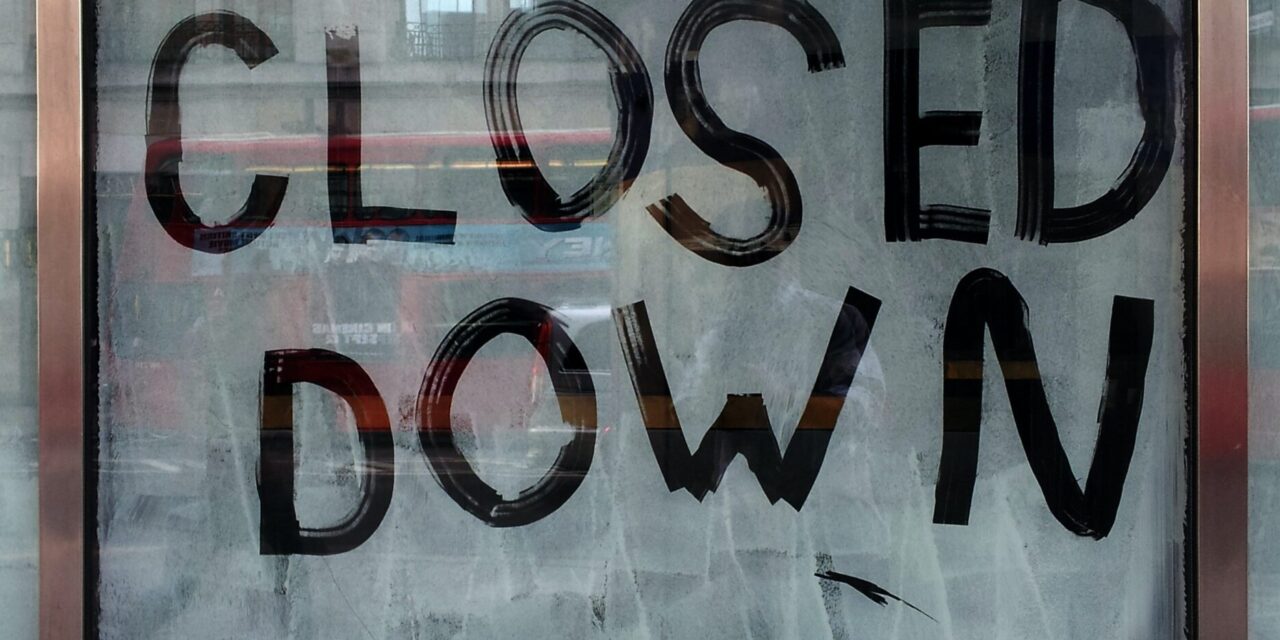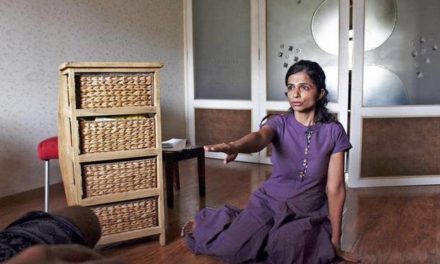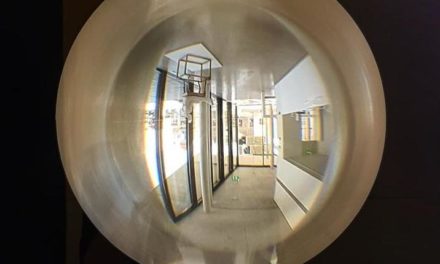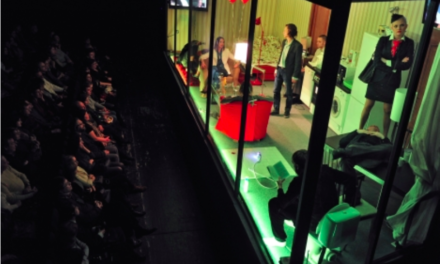Many adapting to digital, live business models, but some of the workforces are changing careers.
The creative economy is contracting, organizations are closing permanently to avoid bankruptcy, creative businesses are contending with increasingly difficult choices to cut staff and overheads to ensure they remain resilient, and individual professionals and artisans are facing short-term hand-to-mouth existence. These are some of the main takeaways from the second pan-India survey of the Taking the Temperature Report, which was released on Tuesday.
Developed by the British Council in partnership with the Federation of Indian Chambers of Commerce and Industry (FICCI) and the Art X Company, the report records the impact of the COVID-19 pandemic on the creative economy in India, including the scale of impact on creative sectors, arts companies and individual artists, managers, and stakeholders.
While the first report provided a snapshot of the impact of COVID-19 from March to June, the second report reflects on the depth of the crisis in the creative economy up to October 2020.
According to the second report, sectors are adapting to digital and live business models, but some of the workforces is leaving the creative economy and changing careers. It also says that 16% of the creative sector is facing permanent closure now, 22% of the sector is forecast to lose more than 75% of annual income, and 26% of respondents fear they will not be able to continue in the last two quarters of 2020–21.
“Fifty-two percent of the respondents in the second survey are women, increasing gender inequality of opportunity as a result of the short-term impact of the pandemic. About 19% of the sector, despite relaxation of lockdown in June, remains in temporary closure as per Survey 1 and 90% of the sector fears the long-term impact of social distancing on the creative economy,” it says.
“Given the length of the COVID-19 pandemic globally, the indicators confirm that the creative economy will most likely be very different in the aftermath in India and its trading nations. While some sectors are adapting with agility, others risk being decimated,” says the report.
While acknowledging that some State governments have responded swiftly to provide emergency grants for relief to artists and companies, it terms the “national and area response to invest in the creative economy during COVID-19” as “patchy, relative to the scale of the creative industries”.
Among the recommendations made are concerted emergency action for investment between governments and corporates, utilizing the National Culture Fund to provide grants for urban and rural traditional performers and artisans, and creating cultural districts in every Smart City to allow for performance spaces, rehearsal venues, libraries, studios, and artists’ offices.
This article was originally published by The Hindu and has been reposted with permission. To read the original article, click here.
This post was written by the author in their personal capacity.The opinions expressed in this article are the author’s own and do not reflect the view of The Theatre Times, their staff or collaborators.
This post was written by The Hindu .
The views expressed here belong to the author and do not necessarily reflect our views and opinions.


















